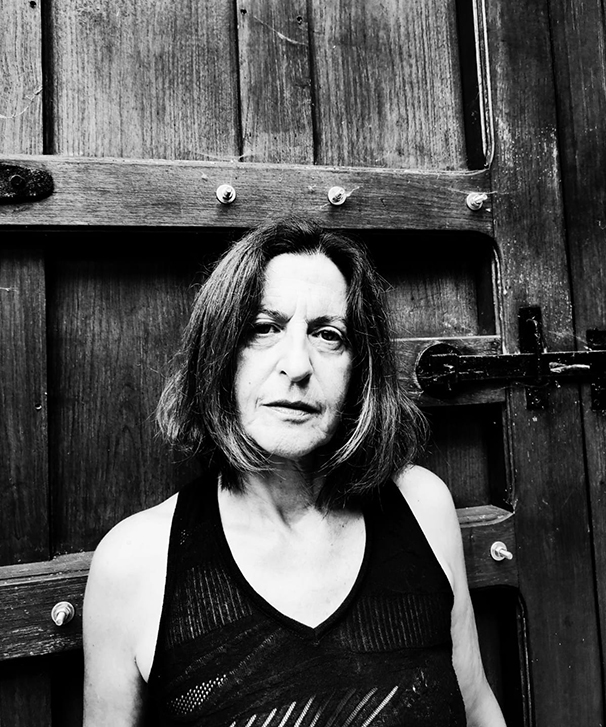Art is the combination of experience and mystery. The Skill and knowledge of the craft are always necessary, as are the knowledge of the history and traditions which surround them. But even more, what finally marks the difference, and the importance of an artist is the potential human mystery that their work can condense and transmit.
Sula Repani paints from her interior, from the mystery of being, of life itself and the material that moved the thoughts of the first Philosophers. Her art springs from a commitment to a reality which springs from a mixture of life, fate and time. In the artistic polyphony of rhythm, lines, gesture and tone become embodied in an original sphere which doesn’t originate from a direct knowledge , but from a remote threshold in the world’s first days on the last edges of remembering, there where the infinite memory of things unknown which are only revealed to us in our Infancy, in a dream or when delirious, all places that so many artists decided to build their houses.
For Sula, the most important thing is being authentic. She knows that to be able to reach the true essence of things it is necessary to go deeper than the superficial layer of values and beliefs with which we create the disguise of our personalities. She knows that the word “person” in Greek means mask. And so, whilst we don’t discover who we are we can’t find the real meaning of the world. She also knows that the use of symbolic and mythological elements can’t be a mere thematic reference, but it should be vital and untransferable. The symbology, it’s one of significant clues in her painting, in a way everything is a symbol; the water, the clouds that cross surging up from feelings; the trees impregnated by dark shadows, the objects which manifest themselves like evocative witnesses. The figures are characters who are already simply there. Wheat sewers in the fields, a dog (like that of Goya’s) is passing by, angelical cyclists. Or enigmatic figurative presences who are born from abstract magma. Even the colour is almost always balanced and affirms her symbolic dimension in the difficult choice of balance, moderation and harmony which make Sula Repani’s work bloom with all the tradition learnt in her formative years, surfaces in her work, from her work as a muralist and experience painting icons in which the precise application of the materials as well as the correlation between the successive pictorial layers. I remember the first time I saw one of her paintings and the delicacy of her technique and the serenity of the images evoked the atmosphere of Piero Della Francesca. They had and continue having something intimate and personal in the painting and in the special poetic accent appears in their emotional calm. This calm impregnates her paintings transmitting a climate of sensitive loneliness which attracts and impresses at the same time. Technically the artist continues to prefer a muted and controlled colour palette Which are close to the deep intentionality of her work, whilst thematically, despite her figurative wishes, Sula’s painting discards the accidental elements of nature, without renouncing descriptive tonology, with an energy that recalls the schematic precision of some abstract art. Lately, nevertheless, behind these placid and simple forms, which characterises her work, appears an underworld full of emotivity. Many of her paintings seem to adopt the lyrical form of an elegy. The classical tone survives but, in the same way as occurs with the shepherds in Arcadia, Poussin’s famous work, the drama happens when one reads the disturbing inscription: Et in Arcadia ego.
The Arcadian is a part of Greece, but for us it is that ideal world that, as we well know, can be found anywhere: in the stormy Atlantic or the blue Mediterranean, in Tamallancos or Athens. We carry Arcadia within us, for the Arcadian landscapes are always introspective glimpses, soul visions in which only the essence of the world endures, the interior landscape within. In consequence, there remains fidelity. Fidelity to life itself, fidelity to an era, and to accepted values which constitute an Art which throughout contemporaneity moves with a continual self questioning.
Manolo Figueiras (Translated Thelma-Joy Putnam)



